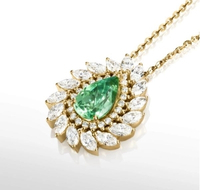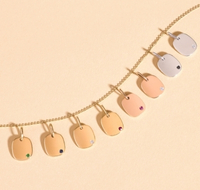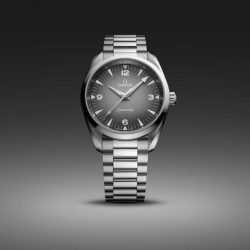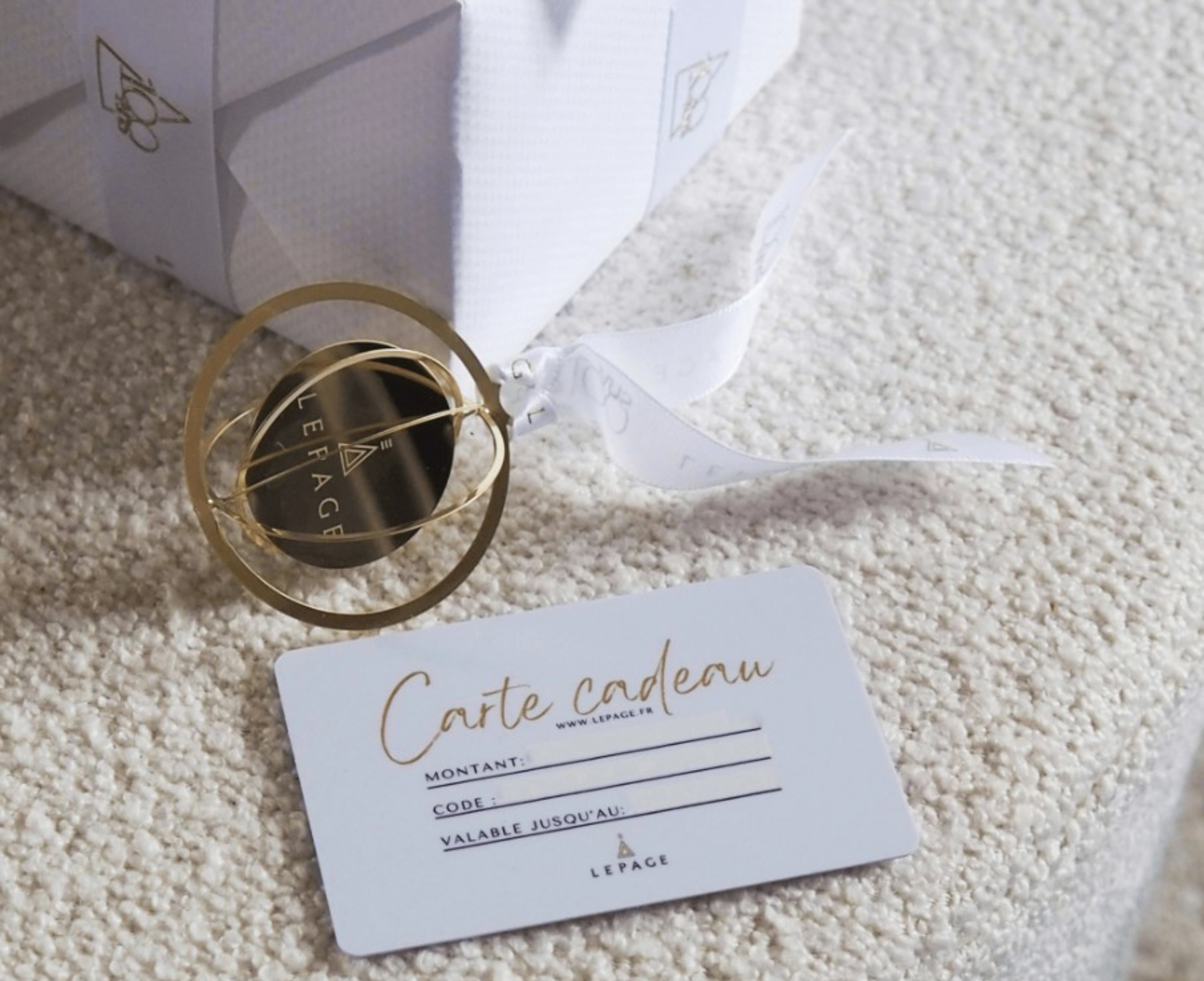
No results for your search

Arthus Bertrand Miraculous Virgin Medals

Médaille Vierge Miraculeuse ivoire en or rose
Médaille Vierge Miraculeuse bleu roi en or jaune
Powdered pink Miraculous Virgin medal in pink gold
Médaille Vierge Miraculeuse en or jaune
Médaille Vierge Miraculeuse bleu ciel en or jaune
Médaille Vierge Miraculeuse bleu aqua en or jaune
Médaille Vierge Miraculeuse rose pétunia en or jaune
Médaille Vierge Miraculeuse vert émeraude en or jaune
Arthus Bertrand's Miraculous Virgin medals are small colorful pendants representing the Virgin Mary. Very popular, these pendants can be worn as necklaces or bracelets, alone, accumulated, or superimposed on a baptismal medal, for example! A timeless and intergenerational piece of jewelry.
The history of the Miraculous Virgin medal
Also known as the medal of Our Lady of Grace, the Miraculous Virgin medal is a Catholic medal, which was first struck in 1830 following the apparition of the Virgin Mary to a Christian woman, in the Chapel of the Rue du Bac in Paris. According to the Catholic tradition, this medal was created at the request of the Virgin Mary, as a token of love, protection and grace. It was an immediate success and was quickly distributed throughout Europe. Many testimonies of miracles were then related, and attributed to this pendant, hence the name under which it is known today: "Miraculous Medal".
All the symbols contained in the Miraculous Virgin medal
The Miraculous Virgin, although it comes in many variations of materials, sizes and colors, is always oval in shape. Overall, although some details may vary from one piece of jewelry to another, it generally always depicts the same designs.
The front of the medal
On the front of the medal is a representation of the Blessed Virgin Mary, mother of the Christ, haloed in light. Standing on a globe, crushing a snake representing sin and temptation, she stands with her arms outstretched and palms up, frozen in the attitude of a silent prayer, open to others and to the world. Depending on the model, the inscription translation is "O Mary conceived without sin, pray for us who have recour se to you", referring to the immaculate conception, may be engraved around the edge of the statue. This prayer is the suggested invocation to obtain the desired grace.
The back of the medal
On the back of the medal are also several symbolic elements. In the center is the letter M, the initial of Mary, entwining a horizontal bar that supports the Christian cross on which Jesus was crucified by the Romans. This composition illustrates the unbreakable bond between them. Around the edge of the medal are twelve stars representing the twelve tribes of Israel, as well as the twelve apostles. Finally, at the bottom of the medal, two hearts side by side surmounted by crowns represent the heart of Mary, pierced by a sword and the heart of Jesus, surrounded by a crown of thorns. These two hearts are intended to be an allegory of the passion, sacrifice, and pain of a mother in the face of her son's suffering, and illustrates that those who believe in the Church and in God cannot be separated.
From religious object to aesthetic jewelry
Nowadays, the Miraculous Medal is still worn as a religious sign, but has also become popular to the point of becoming an aesthetic accessory. Existing in many forms, it is now available in white gold, yellow gold, rose gold, decorated with colored lacquer and even diamonds in its most precious versions. Arthus Bertrand offers a wide selection of models, designed to be worn alone, with each other, in combination with a christening medal, on a chain around the neck or wrist, on a ribbon to be tied around the wrist... It is up to you to let your imagination run wild and wear your Miraculous Medal as you wish, according to your desires!




 GARMIN FENIX 8
GARMIN FENIX 8
.jpg)
.png)

